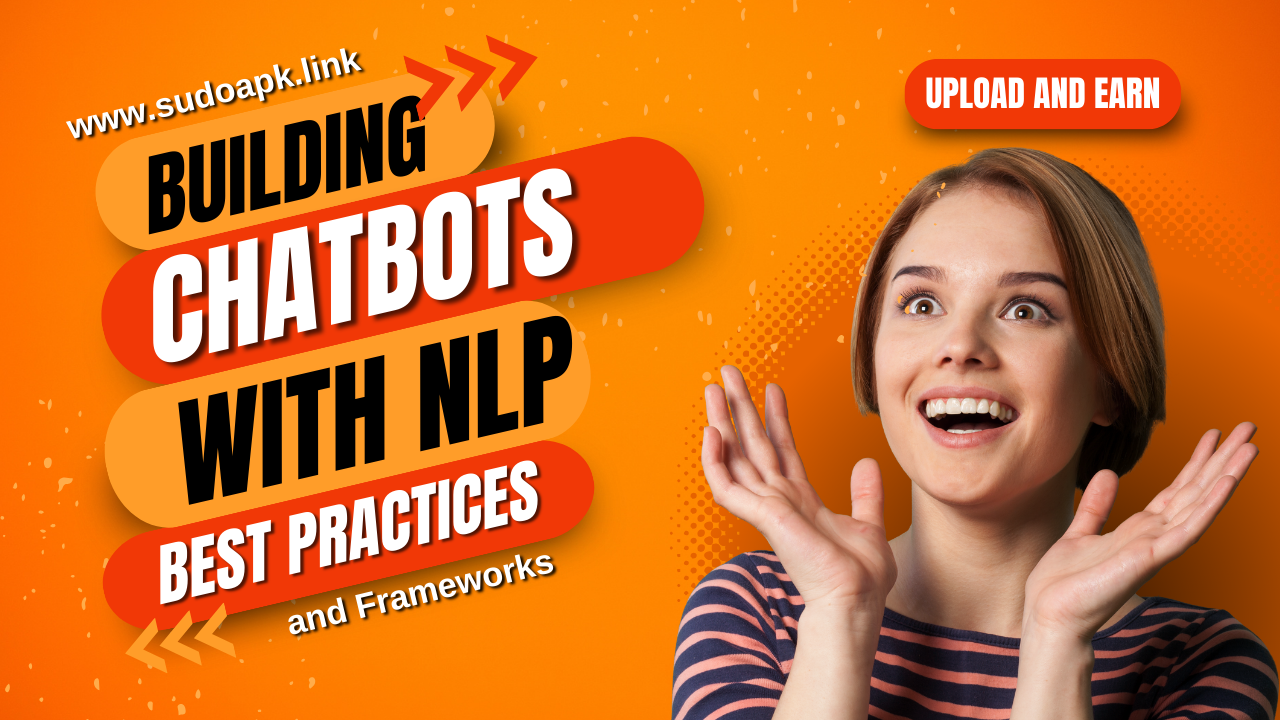

Building Chatbots with NLP: Best Practices and Frameworks
Chatbots have rapidly evolved from novelty to necessity, with leading brands leveraging conversational interfaces to enhance digital engagement, improve customer service efficiency and even drive revenues directly.
However, building effective chatbots for diverse use cases requires far more than coding integrations. It demands specialized natural language processing (NLP) capabilities that enable intuitive conversation balancing natural tone with programmed logic.
Below we explore practical guidelines and frameworks for developing robust chatbots with impact through applied NLP.
Overview of Key Chatbot Capabilities
Before examining best practices, let’s summarize the fundamental capabilities that define modern chatbots:
NLU - Natural Language Understanding
The ability to parse free-form questions, comments, concerns and requests that users commonly express in natural language. NLU provides the meaning behind language.
NLG - Natural Language Generation
Constructing relevant, empathetic and grammatically correct responses to user inputs. This balancing act considers intent, context and desired outcomes.
Conversation Flow Management
Coherently guiding users via logical dialog trees towards eventual goals like ordering products or resolving account issues. It entails honed question suggestions and branching logic optimization.
Knowledge Representation and Reasoning
Accessing constantly updated knowledge bases to derive warranted answers from user queries, product catalog details to shipping policies. This fuses information retrieval with deduction.
When combined effectively, these mutually reinforcing capabilities foster pleasantly intuitive bot encounters.
Proven Practices For Bot Development
Now with fundamental capabilities defined, let’s unpack proven guidelines for developing highly effective bots:
Outline Precise Use Cases
Understanding exact, narrow goals - whether answering support queries or guiding e-commerce purchases - allows streamlined conversation flows. Broad bots struggle conveying complex logic across diverse verticals.
Employ Iterative Build-Test-Improve Loops
Rapid prototyping uncovers usability issues and tricky question variations early before users face frustrating experiences. Continually deploying improved versions maintains quality.
Personalize With User Context
Greet users by name, reference past conversations, and leverage known preferences or demographics to boost perceived empathy, accuracy and relevance.
Balance Brevity and Depth Strategically
Structure initial answers concisely while offering options to request more details. Adapt to user patience levels with expandable responses.
Guide Users With Suggested Questions
Prompt likely next questions based on conversation stage. This minimizes uncertainty around viable bot inputs when users hesitates. Proactively shape discussions.
Favor Simple, Accessible Language
Write conversation replies aimed at middling reading levels using active voice. Ensure terms align with user knowledge expectations for that domain.
Design Fallback Human Escalations
Even advanced bots have limitations. Make it easy to connect users with human operators when conversations go awry or complex issues arise.
Those high-level guidelines provide a strong foundation. Next let’s unpack leading frameworks and architectures for coding production-grade chatbots.
Bot Architectural Frameworks and Design Patterns
Evolving best practices for structuring bot project codebases balance robustness, modularity, and rapid iteration capabilities. Popular options include:
Bot Framework SDK
Microsoft’s open-source and well-documented Bot Framework SDK accelerates creating conversational interfaces across platforms like web chat, SMS and social media channels. It eases complexity for production bots via tools for testing, debugging, publishing and analytics while smoothing multi-channel expansion.
Built-in integration with Microsoft’s stable LUIS NLP service allows straightforward natural language modeling. And automatic compatibility with Azure Bot Service streamlines cloud-scale deployment. The Bot Framework SDK lowers barriers for polished chatbots from solo developers to enterprises alike.
RASA Open Source
As leading open-source alternative, RASA combines developer-friendly Python modules for building context-aware chatbots with SaaS tools for team collaboration and bot monitoring. Modular technical components like reusable training data and a machine learning-powered production server assist managing bot complexity.
RASA Open Source shines constructing free-form conversational interfaces rather than rigid dialog trees. With built-in connectors handling channels like Facebook Messenger, it focuses conversational AI capabilities towards customer-facing bots.
Dialogflow CX
Google’s premium Dialogflow CX platform centers conversation design visualization through bot flow editors resembling website wireframes. It minimizes need for coding while optimizing UX. AI-assisted tools automatically suggest responses and future conversation states based on known user intents.
Backend integration capabilities and built-in Contact Center APIs position Dialogflow CX as an enterprise platform for unifying marketing, sales and support bots under consistent interfaces. But it demands notable development reworking when migrating from other bot builders.
Amazon Lex
As Amazon cloud service, Lex offers tight integration with Lambda serverless functions and AWS data streams. Lex handles the natural language modeling for speech recognition and response generation while developers code backend fulfillment logic in Lambda. Users also create conversational bots through blueprints spanning common customer service, scheduling and Q&A use cases.
Lex makes a strong pairing for chatbots embedded in voice applications built with Amazon Alexa.
Integrating NLP Services
At their core, even code-based bot frameworks rely on robust external natural language APIs for intent recognition, named entity extraction and sentiment analysis to handle linguistic nuances. Top services like:
Google NLP - With advanced BERT transformer models, Dialogflow CX integration and AutoML for custom entities, Google NLP leads in algorithmic accuracy and scalability.
Amazon Comprehend - Comprehend enhances other AWS services through real-time document classification and multi-lingual support spanning English, Spanish, French and more.
IBM Watson - From tone analysis to keyword extractions across news, social media or industry-specific content, Watson NLP assists an array enterprise use cases.
Aylien - This AI text analysis API targets niche applications in social analytics, ad targeting and content recommendations via robust semantics and vector space modeling.
Choosing services that smooth integration with selected bot frameworks minimizes overhead while allowing developers to focus on optimizing conversational flows.
Conversational Interface Design Principles
With bots demanding far greater empathy and relevance than static apps, UX principles grow crucial in minimizing frustration. Core guidelines include:
Personas Over Pathways
Design interactions around priority user journeys rather than system capabilities. Continually ask “Would an actual person find this logical?” during flow planning.
Clarity Trumps Brevity/Wit
Favor clear, unambiguous language over entertainment or personality, especially for serious use cases like customer service where confusion sparks frustration.
Guide Don’t Dictate
Suggest next directions while allowing user control. Make key menu options evident while supporting free-form inputs.
Embrace Imperfections
Bots will inevitably fail corner cases. Admit knowledge gaps transparently and apologize for limitations. Temper expectations that bots become perfectly human.
Adhering UX principles grounds bots in genuine utility over novelty, driving adoption beyond early adopters.
Testing NLP Chatbots
Rigorously evaluating language models and decision flows prior to release uncovers the subtle NLP errors that frustrate users. Core testing approaches include:
Unit Testing
Isolate bot modules for targeted sanity checks around known edge cases and misclassification samples. Tests expand alongside new capabilities.
Integration Testing
Examine module interactions by simulating full user conversations using both happy paths and unlikely deviations. Logs verify smooth data passing across bot architecture.
User Acceptance Testing
Gather feedback from real users across key personas for priority scenarios. Qualitative insights reveal usability gaps and low confidence responses that quantitative metrics miss.
Ongoing testing culture steeped into development pipelines noticeably enhances stability at scale.
Key Chatbot Metrics For Analytics
Finally maximizing business impact requires monitoring key bot performance metrics spanning usage, understanding accuracy and outcome effectiveness:
- Daily Active Users - Base engagement indicator crucial for gauging adoption and churn risks.
- Messages Handled - Volume indicator for bot workload, also assists managing cloud infrastructure costs.
- Mean Intents Per Session - Reveals complexity expectancy from users based on use case.
- NLP Confidence - Estimator for reliability in comprehending questions. Drops highlight retraining needs.
- Session Duration - Longer durations signal engagement depth.
- contain Rising escalations - Quantifies failure rates for human hand-offs.
- Outcome Conversion Rates - Measures direct value generation from conversations as percentage of sessions fulfilling intended goals.
Together these metrics guide continuously honing bots aligned with real user needs - the foundation for impactful applications.
FAQs Around Building Conversational Bots:
What are some leading use cases and verticals for chatbots currently?
Major chatbot use cases span conversational commerce like product recommendations and customer support for resolving account issues to marketing leads generation and even healthcare treatment plan adherence monitoring.
Verticals seeing extensive adoption range from retail and finance to travel and entertainment alongside rising traction in sectors like real estate, automotive and business services.
What channels are best to deploy bots on first?
Text or web chat channels allow simplest functionality validation before expanding to complex voice and speech channels. Also optimize towards messaging apps like WhatsApp or Facebook Messenger with existing high user bases rather than trying to drive standalone app adoption.
What are turnkey tools available for non-technical teams?
Low code bot platforms like Landbot, Flow XO, and Chatfuel empower non-developers to build reasonably robust bots with drag-and-drop design and one-click deployment. They constrain customization flexibility but smooth launch hurdles.
How can bots demonstrate tangible ROI?
Start by determining key cost centers – maybe poor customer retention from support wait times – and define precisely how bots increasing response throughput. Frame ROI around operational efficiencies gained not vanity metrics like users handled. Where possible calculate revenue metrics like conversion rates directly facilitated.
What emerging innovations may shape the future of conversational AI?
Areas like personalization algorithms leveraging richer user data signals, empathetic response framing from emotion detection systems, extending bots across wearables and emergent surfaces via ambient computing, integration with voice assistants and smart home devices, as well as code generation from interactive visual workflow builders.
Over the coming decade, specialized chatbots will transition to ubiquitous assistants blending seamlessly into our environments. Careful application of proven techniques today allows laying robust foundations to meet future needs.
Popular articles
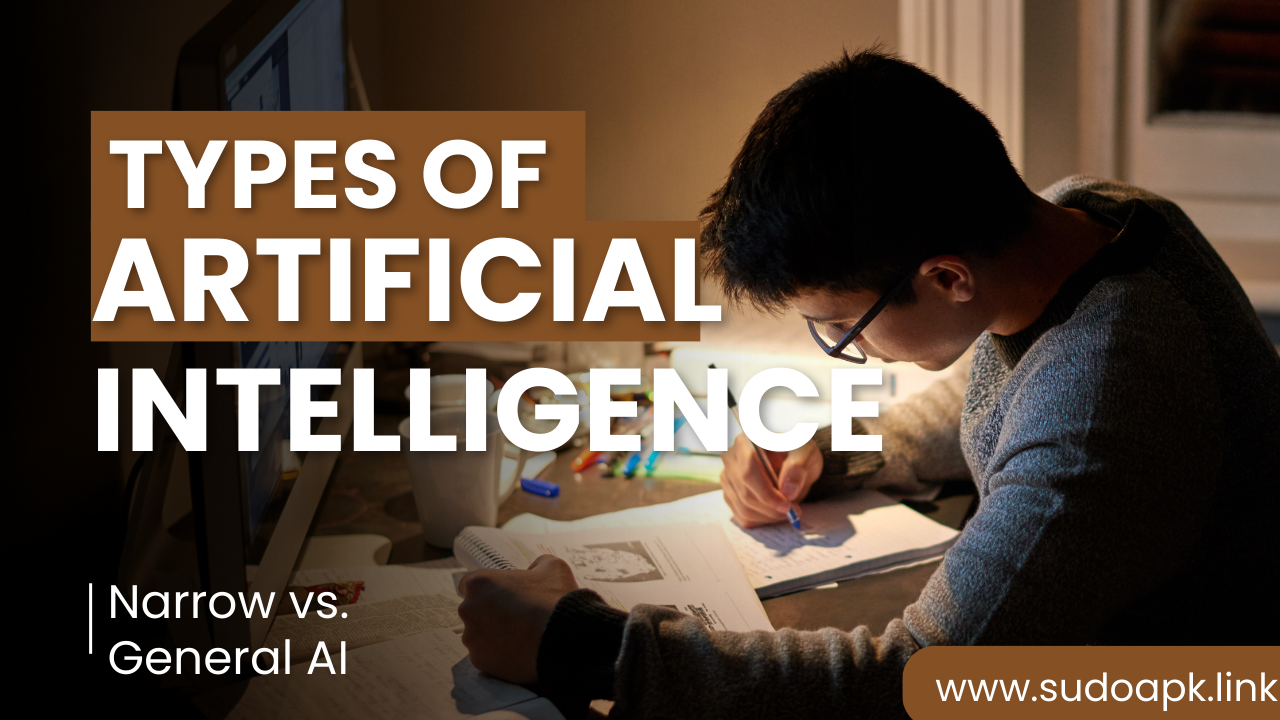
Dec 31, 2023 07:04 AM
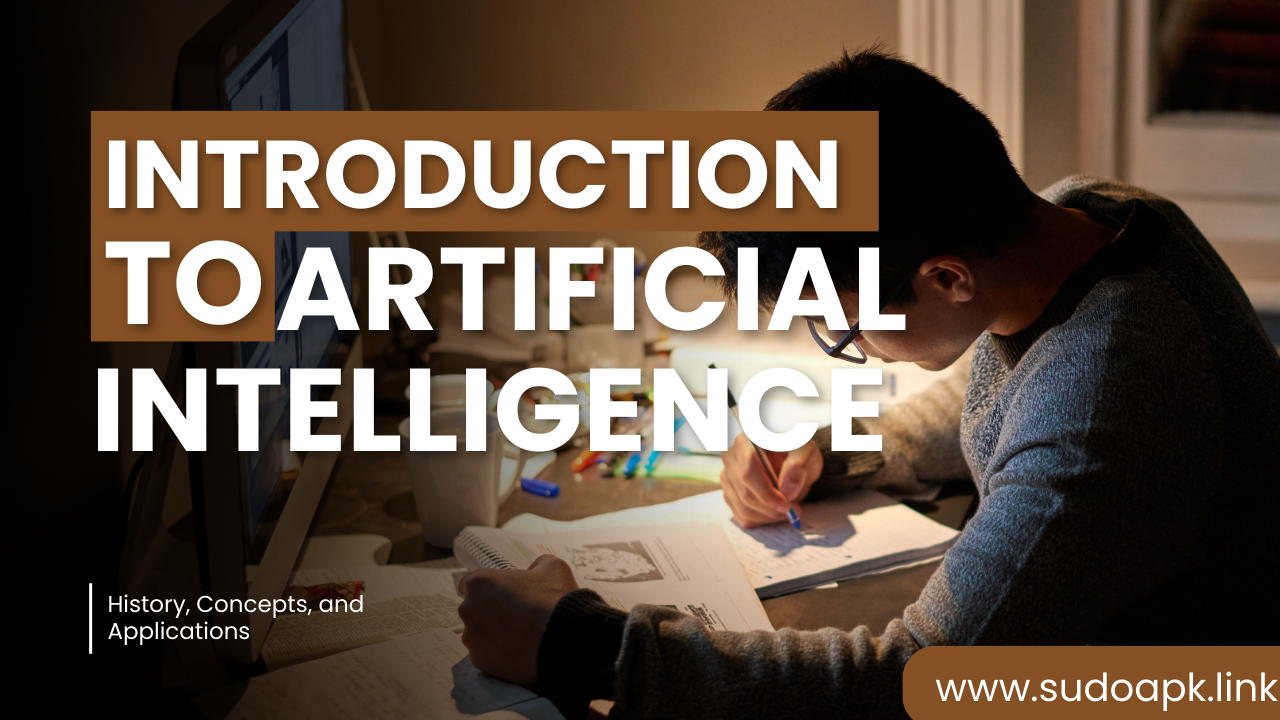
Dec 31, 2023 06:48 AM
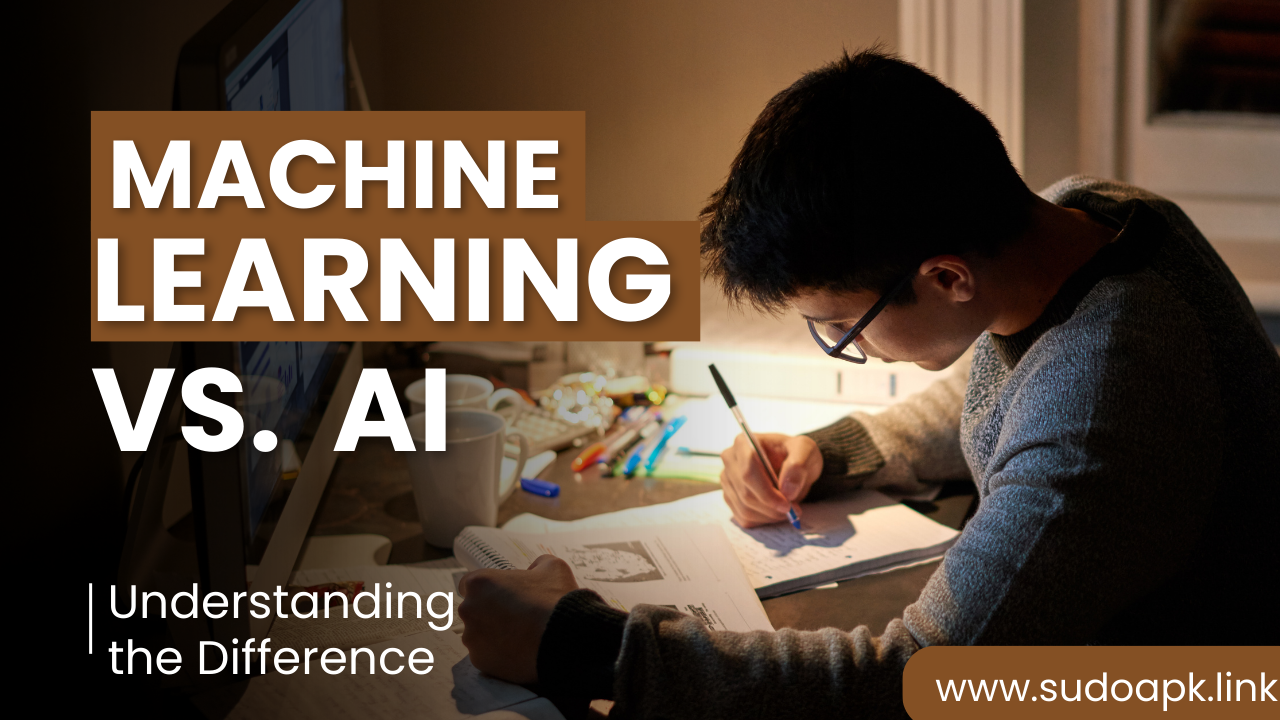
Dec 31, 2023 07:12 AM
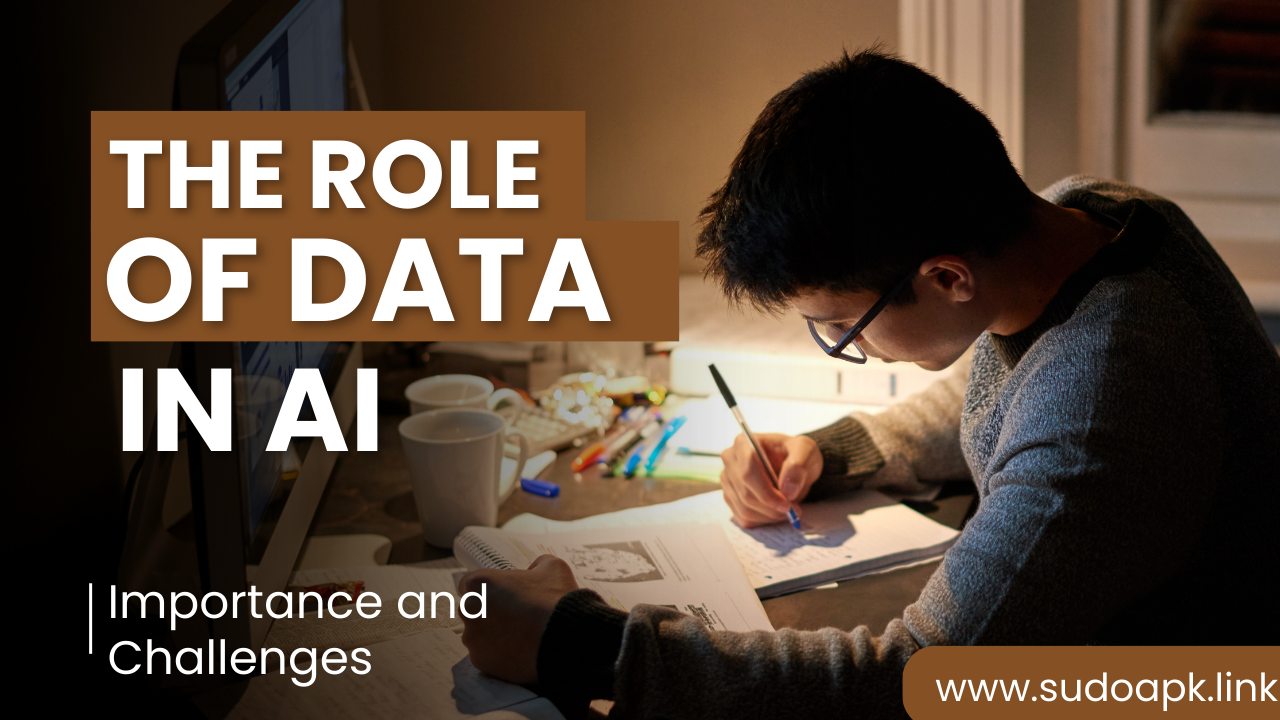
Dec 31, 2023 07:22 AM
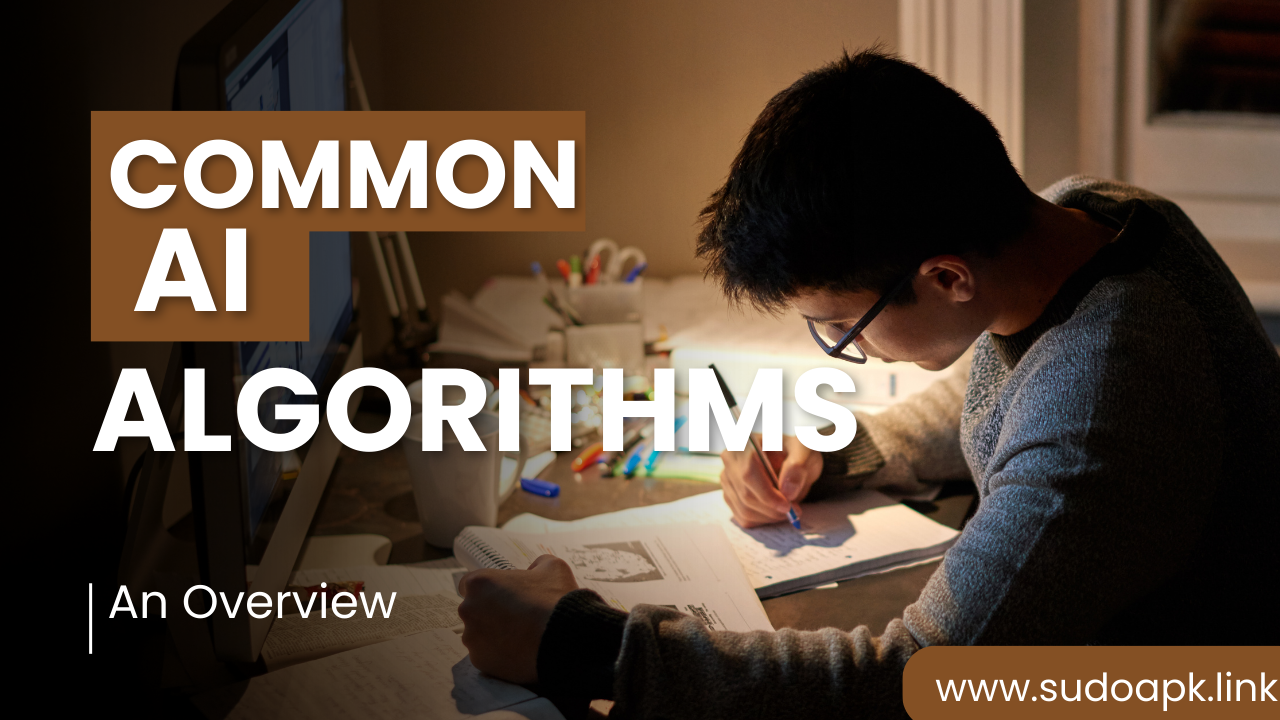
Dec 31, 2023 07:17 AM
Comments (0)